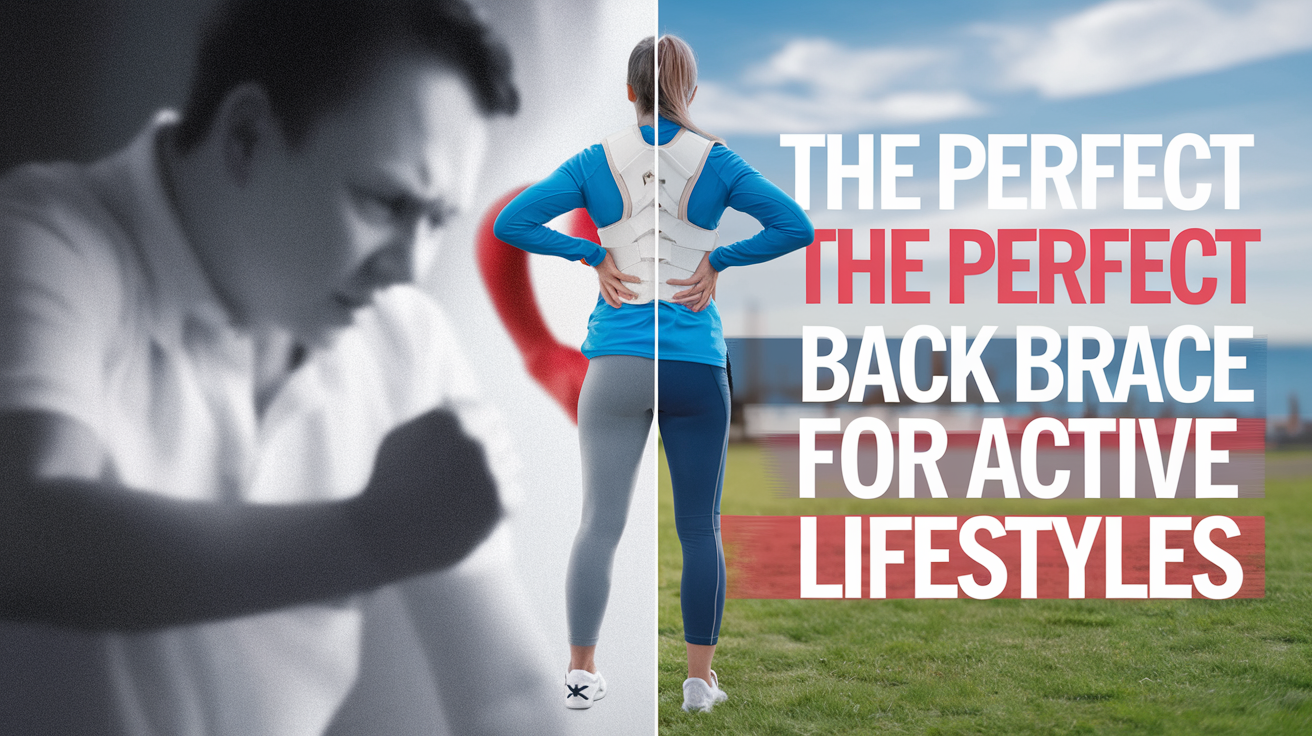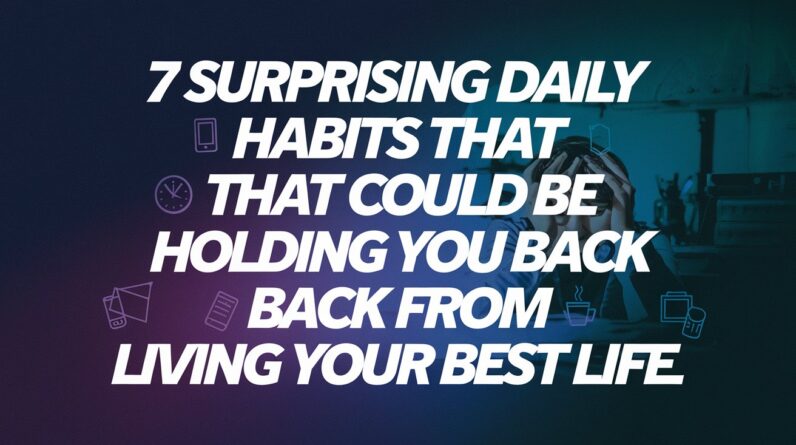
Are you struggling with back pain from long hours of sitting at your desk or engaging in activities like drumming? If so, you’re not alone. Many people experience discomfort due to poor posture and lack of support. In this blog post, we’ll explore the advantages of using a back brace, particularly one that is flexible and supportive, to help alleviate pain and improve posture.
Understanding Back Pain and Poor Posture
The Impact of Modern Lifestyles
In today’s fast-paced world, many of us spend hours sitting at desks, whether for work or leisure. This sedentary lifestyle can lead to a range of health issues, particularly concerning our backs. Poor posture, often characterized by slouching or leaning forward, places undue stress on the spine and surrounding muscles. Over time, this can result in chronic pain, discomfort, and even long-term damage.
Common Symptoms of Poor Posture
Recognizing the signs of poor posture is the first step toward addressing the issue. Here are some common symptoms to watch for:
- Back Pain: Persistent pain in the lower or upper back, especially after long periods of sitting.
- Neck and Shoulder Discomfort: Tension in the neck and shoulders can often accompany back pain.
- Fatigue: Poor posture can lead to muscle fatigue, making you feel tired even after a full night’s sleep.
- Reduced Mobility: Difficulty in moving freely or performing daily activities due to discomfort.
Why You Need a Back Brace
A back brace can be an effective tool in combating the negative effects of poor posture. Here are some reasons why you should consider using one:
Support and Stability
A well-designed back brace provides essential support to the spine, helping to maintain proper alignment. This support can significantly reduce the strain on your back muscles, allowing you to sit or move comfortably for longer periods.
Pain Relief
For many individuals, a back brace can offer immediate relief from pain associated with slouching. By promoting better posture, the brace helps alleviate pressure on the spine and surrounding muscles, reducing discomfort.
Encouragement of Healthy Habits
Wearing a back brace can serve as a reminder to maintain good posture. Over time, this can help you develop healthier habits, making it easier to sit or stand correctly without relying solely on the brace.
The Solution: A Flexible Back Brace
When searching for a back brace, it’s crucial to find one that meets your specific needs. Here’s what to look for in a back brace that promotes better posture and provides support:
Key Features of an Effective Back Brace
- Improved Posture: A good back brace helps you maintain proper posture without constant effort, allowing you to focus on your tasks.
- Supportive Yet Flexible: Unlike other braces that can feel restrictive, a flexible back brace allows for movement while providing necessary support. This is especially important for activities that require twisting and turning, such as drumming.
- Adjustable Fit: Look for a brace that can be tightened to your preference, ensuring a snug and comfortable fit. Many braces come with Velcro straps or additional support straps for customization.
- Breathable Material: A brace that doesn’t get too hot is essential, especially during physical activities. Look for materials that wick away moisture and allow for airflow.
Additional Benefits
- Removable Lumbar Support: Some braces come with a removable pad for extra lower back support, which can be particularly beneficial during activities like drumming. This feature allows you to customize your support based on your needs.
- Comfortable Design: A wide design can support your posture without being uncomfortable or restrictive. The right brace should feel like a natural extension of your body, not a hindrance.
Personal Experience: A Testimonial
One user shared their experience with a back brace, highlighting the following points:
- Pain Relief: The brace effectively stopped the pain associated with slouching, allowing the user to focus on their work and hobbies without distraction.
- Enhanced Support: It provided excellent support while drumming, allowing for freedom of movement. The user noted that they could twist and turn without feeling restricted, which is crucial for drummers who need to maintain their rhythm and technique.
- Comfortable Fit: The user appreciated the snug fit and the ability to adjust the tightness as needed. They found that the brace was comfortable enough to wear for extended periods, whether at their desk or during practice sessions.
Tips for Choosing the Right Back Brace
When selecting a back brace, consider the following tips to ensure you find the best option for your needs:
- Consult a Professional: If you’re experiencing chronic back pain, it’s always a good idea to consult with a healthcare professional. They can provide guidance on the best type of brace for your specific condition.
- Try Before You Buy: If possible, try on different braces to see which one feels the most comfortable and supportive. Pay attention to how it fits and whether it allows for movement.
- Read Reviews: Look for customer reviews and testimonials to gauge the effectiveness of the brace. Real-life experiences can provide valuable insights into the product’s performance.
- Consider Your Activities: Think about how you’ll be using the brace. If you need it for specific activities like drumming, ensure it allows for the necessary range of motion.
Conclusion
If you’re dealing with back pain from poor posture, investing in a quality back brace can be a game-changer. Look for a brace that offers flexibility, support, and comfort to help you maintain good posture throughout your day. Whether you’re sitting at your desk or playing the drums, a back brace can help you stay pain-free and active.
Ready to improve your posture and relieve back pain? Explore our range of flexible back braces today and find the perfect fit for your lifestyle! Don’t let discomfort hold you back—take the first step toward a healthier, more active life!







